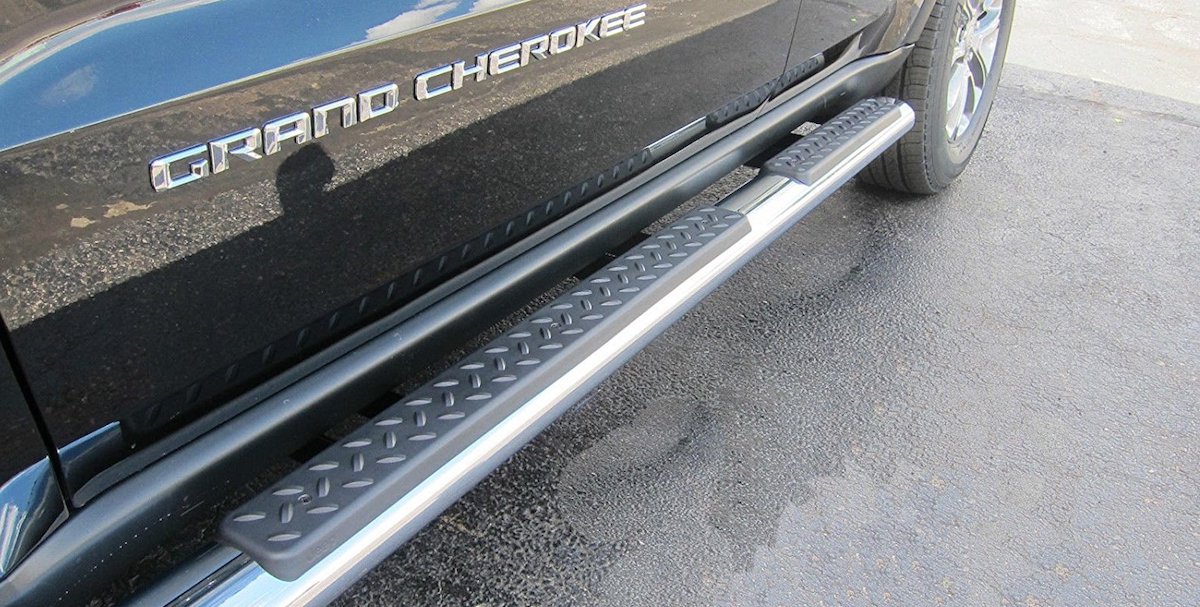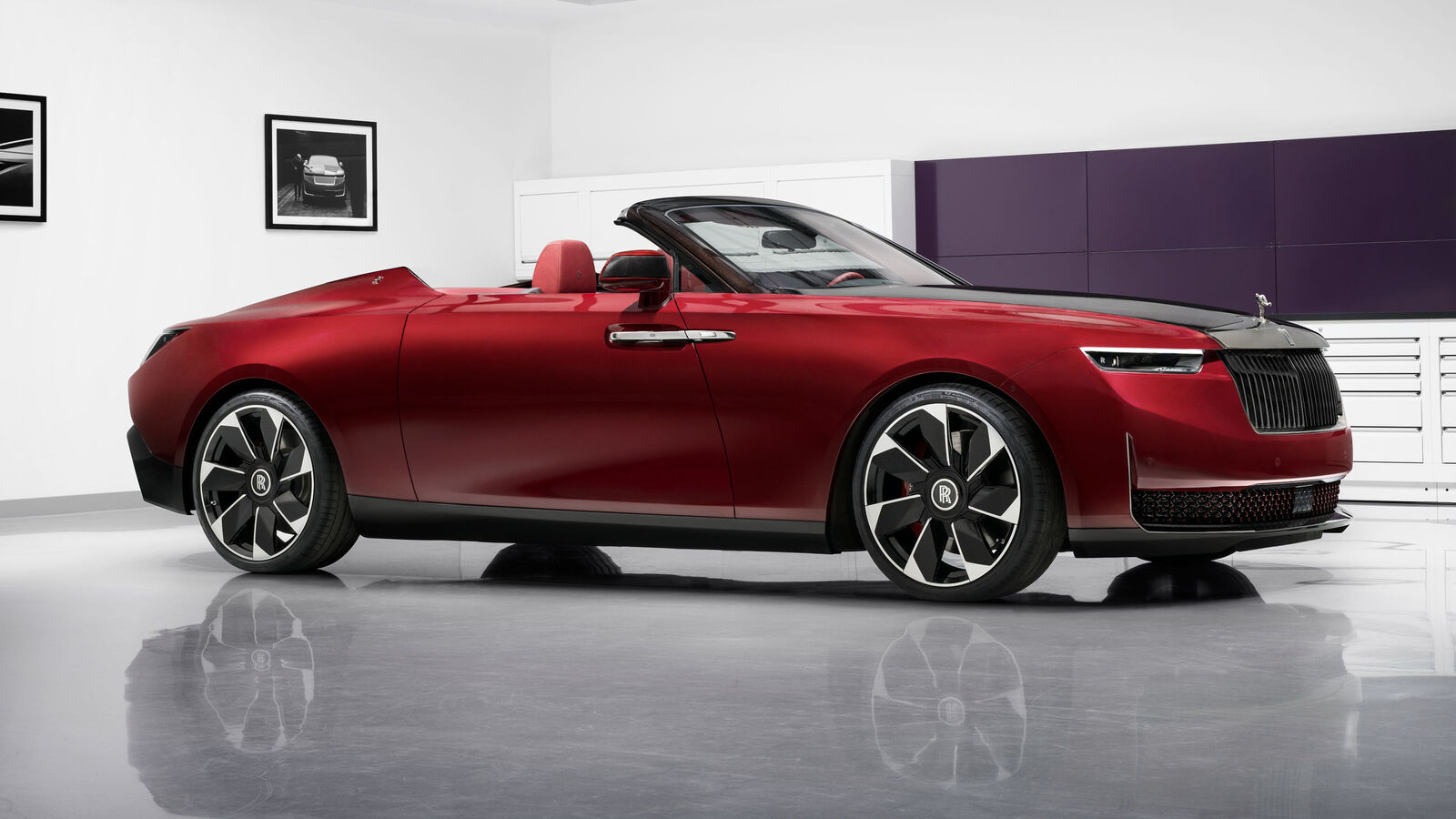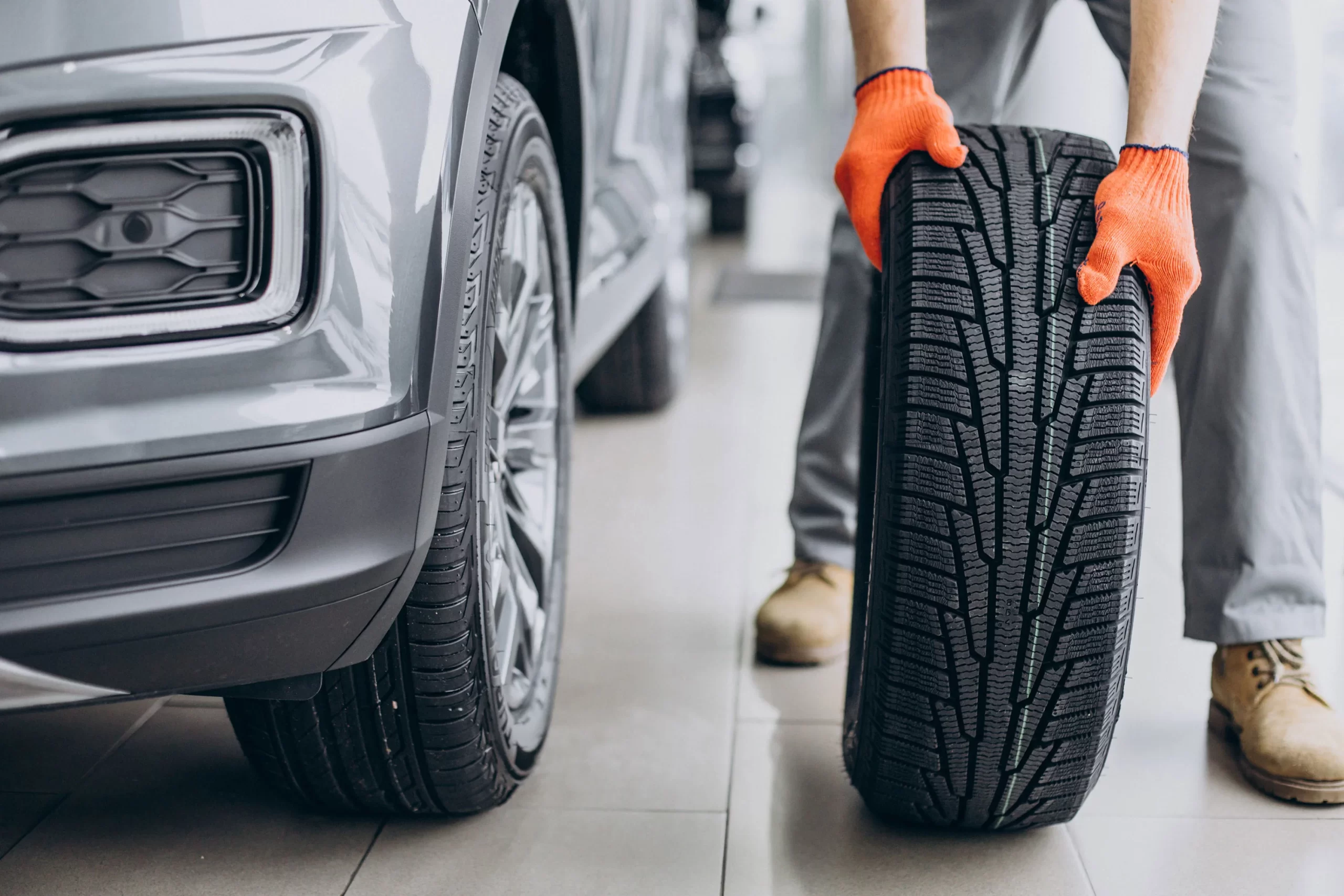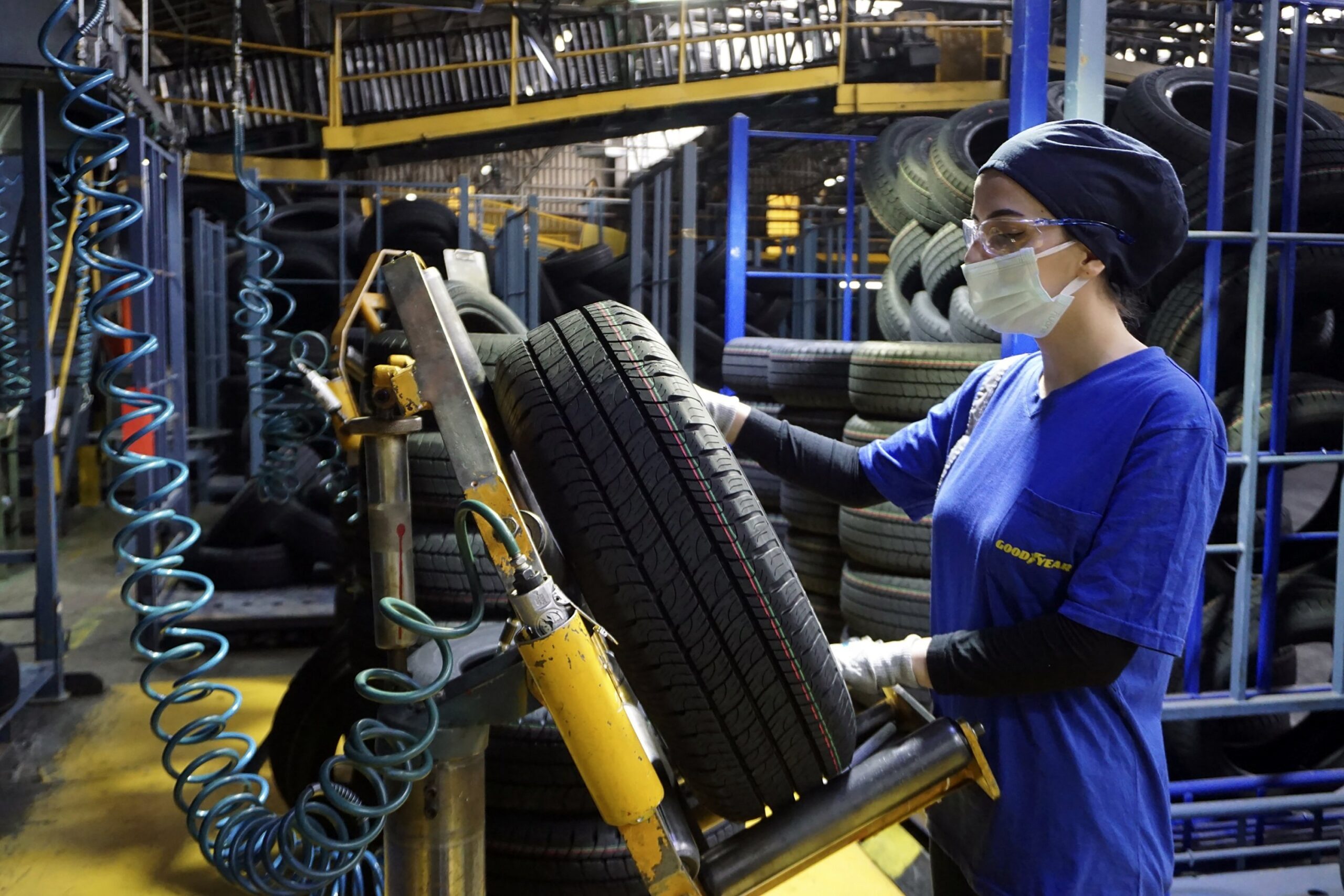There are quite a few reasons why you would buy a pickup truck. A truck is not only rugged in appearance, but also has a powerful engine. It is also good at tackling different off-road tracks. But it’s hard to enjoy all the benefits of a pickup truck if you and your passengers have trouble getting in and out of it. Still, trucks are taller than sedans, and boarding them requires a bit more effort, especially when venturing out into rugged terrain.
Installing running boards or side steps will quickly save you from this problem. These exterior elements are used to create sturdy steps, making your vehicle safer and easier to access. There are many running boards and side steps options on the market today with a unique set of features to meet the needs of any build.
Although some manufacturers sometimes use side steps and running boards as interchangeable concepts, there are some major differences between the two categories. Let’s try to understand these differences.
Running Boards
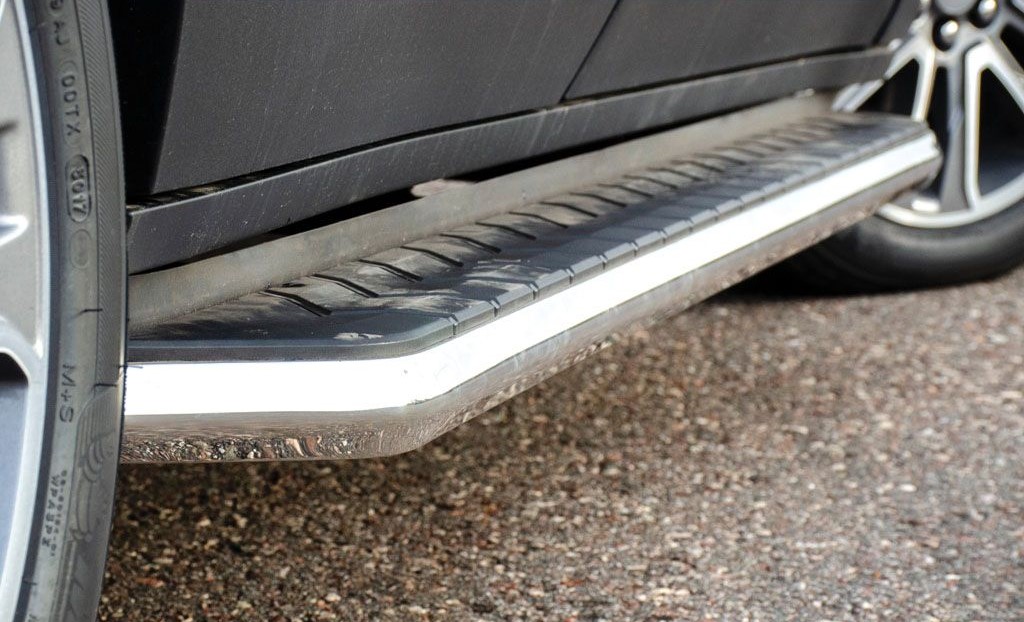
Running boards (also known as “step boards”) are wide, flat, and set almost flush with the body or rocker panel, leaving virtually no gap between the car and the running board. The steps range in width from 2″ to 10″, so they tend to be the most comfortable to climb on. Textured grip strips also add style and safety.
Side steps
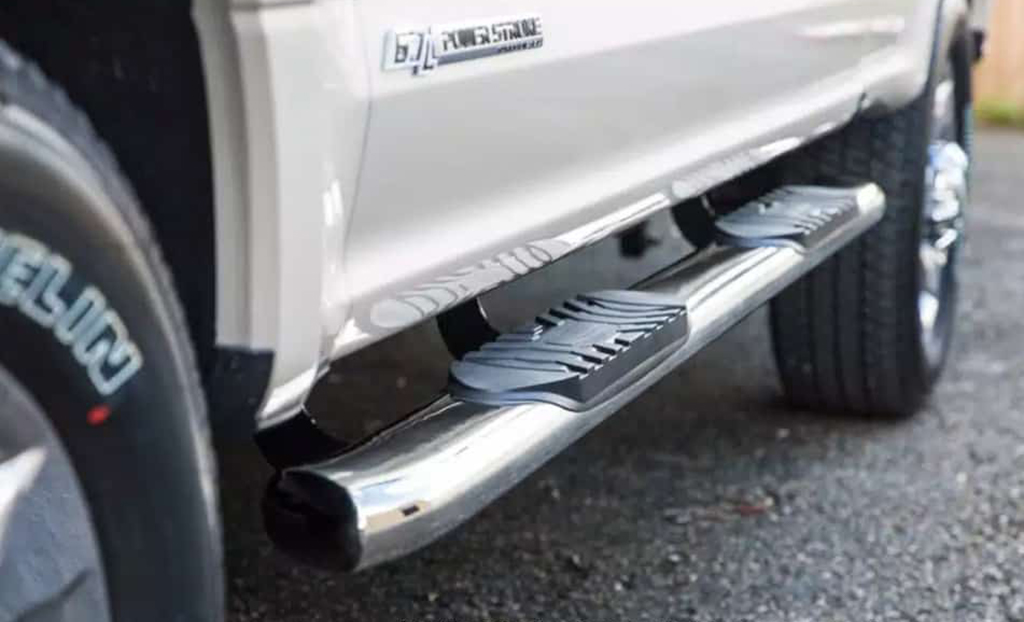
Side steps (also known as “side bars”, “nerf bars”, “step bars”) have a round or oval tubular construction. Usually a single heavy-duty steel bar sticks out along the side, leaving a gap between the bar and the car body panel. Depending on the product you choose, the top horizontal surface may have flat recesses for steps. Grip pads are often installed along the horizontal sections to improve traction.
Running boards and side steps create a safe and comfortable place for anyone to put their feet while climbing up or down. In addition, these steps are equipped with grooves or raised textures that provide maximum traction for your feet in all weathers. By installing running boards and side steps on your truck, you’ll eliminate the hassle and difficulty less-mobile people have getting on or off and increase safety and comfort for everyone.
Running boards also protect doors and side panels by covering them from road debris lifted by wheels. On gravel and dirt roads, this is especially important. The running boards can also protect you from door strikes and dents in parking lots. Considering the kind of damage they can keep your truck safe from, it’s easy to see that running boards can make up for the initial purchase cost.
There are also running boards with built-in vertical sections near the wheel wells that serve as mudguards. Textured running boards serve as an effective mat for wiping dirt, snow, oily mud, leaves and other contaminants from your shoes before entering your vehicle. Your truck floors will stay much cleaner without any extra effort on your part.
There are bolt-on options that mount directly to your truck’s existing mounting points, as well as automatic options that instantly drop down as soon as you open the doors. There are also hoop-shaped side steps that can give your pickup truck a more unique look. You can also combine running boards or side steps with other accessories to provide easy and complete access to your truck. For example, by installing a bed step, you won’t have any trouble accessing the bed of your pickup truck.
Overview of installation steps
After taking the footrests out of the box, it is important to first make sure that all of the hardware is included. The manufacturer’s instructions will serve as a guide for determining the number of brackets, nuts, and bolts of each type. You don’t want to find halfway through the installation that an important part is missing.
If your truck was already built with mounting holes in the frame, install the footplate mounting brackets that are included. If your truck doesn’t have holes, you’ll have to drill them yourself. The instructions for the footrest will tell you what drill bit to use (we recommend drill bits specifically designed for drilling metal) and where the holes should be located. Before installing the brackets, apply primer to all newly drilled locations to prevent corrosion of bare metal surfaces.
After attaching the brackets securely to the frame, install the steps themselves to the other end of the brackets. Depending on the design of the footrest and the purpose of the vehicle, the driver’s and passenger’s side footrests may be asymmetrical. If the running boards are not centered under the vehicle doors, the sides may be misaligned.
